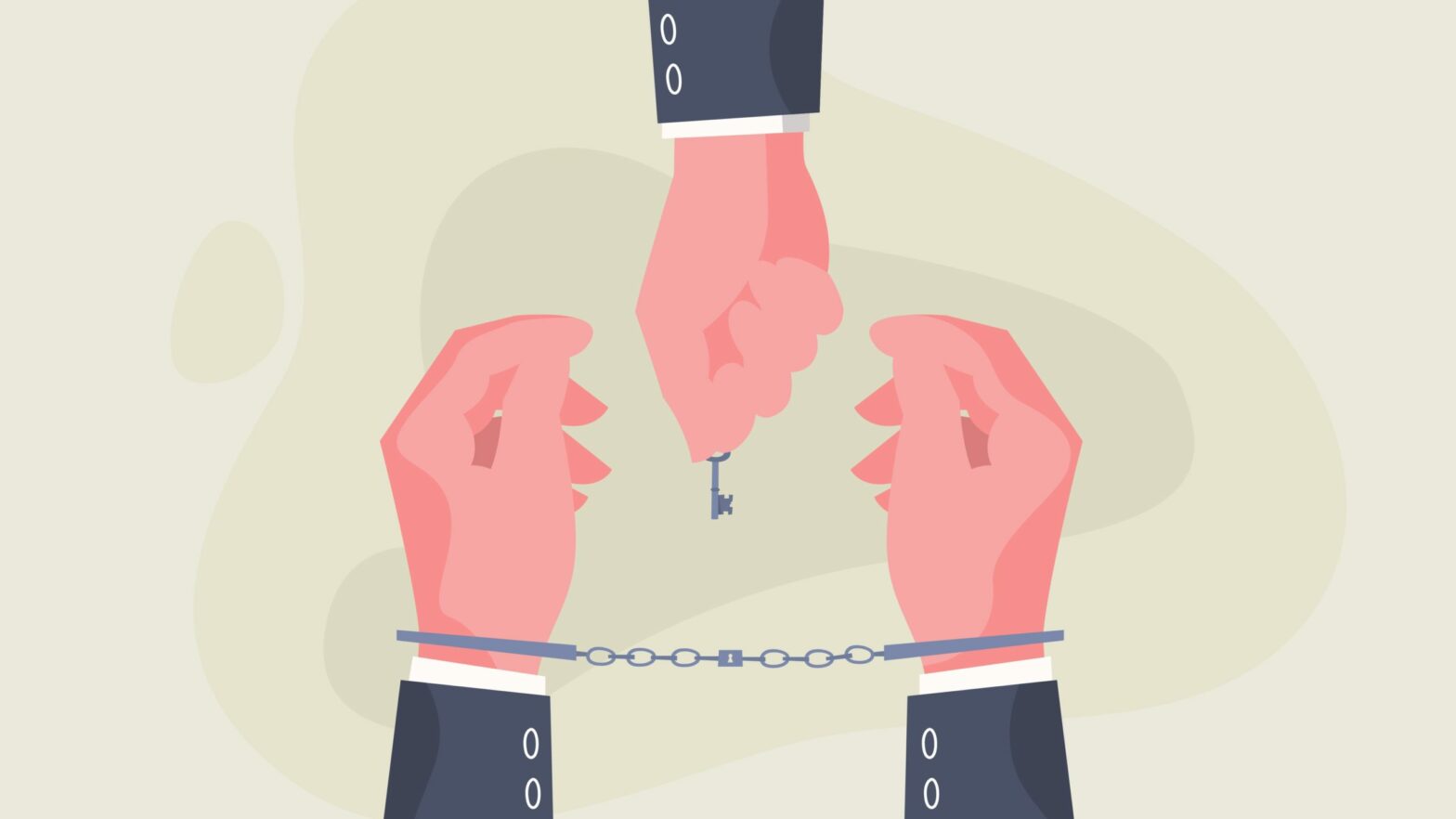These are without doubt, unprecedented times. Small businesses in virtually every sector are struggling financially and facing concerns about what is ahead and how they will survive.
Since May over a million bounce back loans have been issued, the 100-per-cent Government-backed loan scheme to support small businesses during the pandemic. But according to banks, it’s expected that half of these loans won’t be paid back, with many small business kicking bad debt further down the road.
If your company is “insolvent” – meaning it’s unable to pay its debts – or you’re worried that this is likely to be the case in the near future, then it’s important to consider your options.
>See also: Where to find your £5,000 small business technology grant
As a director, not only do you owe various duties to the company, including to act in its best interests, but you also face the risk of personal liability for debts incurred by the company, if you continue to trade once you are aware, or should be aware, that the company is insolvent.
There is no “one size fits all” solution if your company finds itself in such a position. For some, liquidation may be the only option. However, a company becoming insolvent does not have to be the end.
What does going insolvent mean?
The reason you can’t pay your debts could be that you’re waiting to be paid by your customers and such sums would clear your liabilities. Alternatively, you may be looking at bringing in outside finance to improve the company’s position. In such circumstances, if you were given time to pay, then the situation would likely be much brighter.
If this is the case, then there are two alternative options available for your business, which could allow you to continue trading. First, you could place the company into administration. Alternatively, you could consider a Company Voluntary Arrangement (CVA).
What is administration?
The company appoints an insolvency practitioner (“IP”) to become its administrator. They will step into the shoes of the directors and make decisions on behalf of the company with the goal of achieving one of the statutory objectives.
The first objective is to rescue the company so that it may continue as a going concern. If this is not possible, then the administrator’s role is to try and seek a better return for the company’s creditors as a whole, than would be the case if the company was simply put into liquidation. This could be by selling the company to a third party, calling in some of the company’s book debts, and/or by negotiating with the company’s creditors.
The major advantage of a company going into administration is that it places a moratorium on claims being brought against the company. Therefore, if you believe that HMRC or your landlord for example, is about to seek to issue a winding up petition against the company due to an unpaid liability, you can prevent this happening, at least in the short term, by appointing administrators.
>See also: Why the Government’s new insolvency bill is bad news for sole traders
If an administrator is appointed, if it is possible, they can seek to continue trading the company until funds have been made available to pay the company’s liabilities.
Administration should not been seen as a long-term solution (in most cases, a company can only be in administration for up to 12 months) so ongoing survival, if that is the aim, must be achievable within that timeframe.
However, it does provide an opportunity for the company to try and trade its way out of its difficulties. Once the administration comes to an end, either you will get control of the company back, and hopefully, to allow you to continue trading, or consideration will have to be given either to selling the company’s assets, or liquidation.
What is the process?
If the board decide that the company ought to be placed into administration, then there are two ways this can happen.
A formal application can be made to court for an administration order by the company itself, or by its directors (“the court route”). This involves a High Court judge determining whether it would be appropriate, based on the facts, to place the company into administration. Alternatively, the company, or one of its directors, can file a “notice of appointment” at court (“the alternative route”), which doesn’t require a hearing. Supporting documents are submitted, which can then be approved as a paper exercise by the court and the administrator is appointed..
If a creditor (normally a lender) has a floating charge over the company’s assets, then it’s likely they will have a say in who is appointed as administrator known as a qualifying floating charge holder.
You must give the charge holder prior notice of the company’s intention to go down the alternative route five working days before, by serving a “Notice of Intention to Appoint” on them. The charge holder then has the option to appoint their own administrator, though this rarely happens in practice.
You cannot seek to place your company into administration unless it is insolvent, or is likely to become insolvent.
In most cases, the alternative route will be the best option for you. However, occasionally, this process is not available (most commonly, where a creditor has already presented a winding up petition against the company) and therefore, you would have to use the court route.
What about a CVA?
If your company is unable to pay its debts, then it is possible to enter into a legally binding agreement with your creditors to pay them over a fixed period of time. In most cases, the agreement will be to pay back a proportion of the debts owed, rather than the full amount, and typically over three to five years.
To enter into a CVA, you will need the help of an IP. They will consider the financial situation of the company, review its liabilities and determine how much of the debt the company can afford to pay.
The IP will write to the creditors advising of the company’s position and its intentions and will invite the creditors to agree to the proposal. The idea is that it is in the creditors’ interests to accept a percentage return on the amount they are owed, as opposed to likely receiving nothing were the company to be placed into liquidation instead, which would usually be the alternative.
If 75 per cent of the creditors (based on the overall value of the company’s liabilities) agree to the proposal, then the CVA is approved and becomes binding on all of the creditors. As long as you keep to the terms of the proposal, your creditors cannot bring a claim against you in respect of the debt, and you will only have to pay them the reduced amount.
What are the advantages of a CVA?
First, the company’s liabilities will (in most cases) be greatly reduced. Further, simply taking steps to prepare a CVA proposal is likely to stop pressure from your creditors in the short while and therefore, it can also stop the threat of a winding up petition.
CVAs can potentially be used to terminate employment, to remove payment obligations in leases, and to end or renegotiate supply contracts.
However, the major advantage of a CVA is that the directors and shareholders remain in control of the running of the company while the arrangement is in place.
Finding an insolvency practitioner
As with most professional services, the best way to find an IP is by way of referral. Speak with your accountant or solicitor to put you in touch with two or three individuals to assist you. Alternatively, you can search for licensed IPs on the GOV.UK website.
Putting your company into administration is never what any small business owner wants to consider but, when the sheet no longer balances and debts remain outstanding, going insolvent could be the much-needed lifeline to help your business bounce back and grow once more.
Andrew Shipp is a partner in the dispute resolution team at Gardner Leader Solicitors





